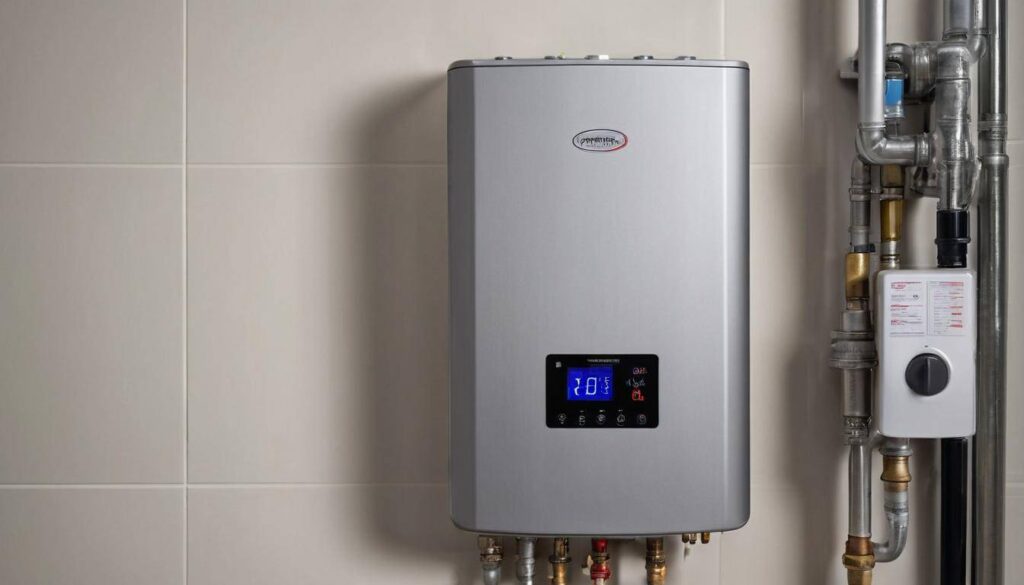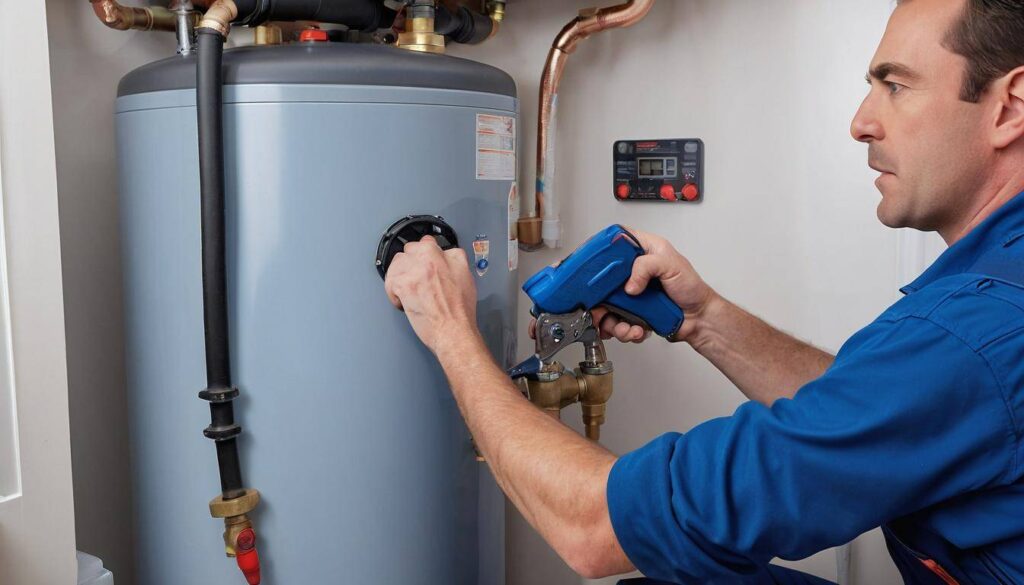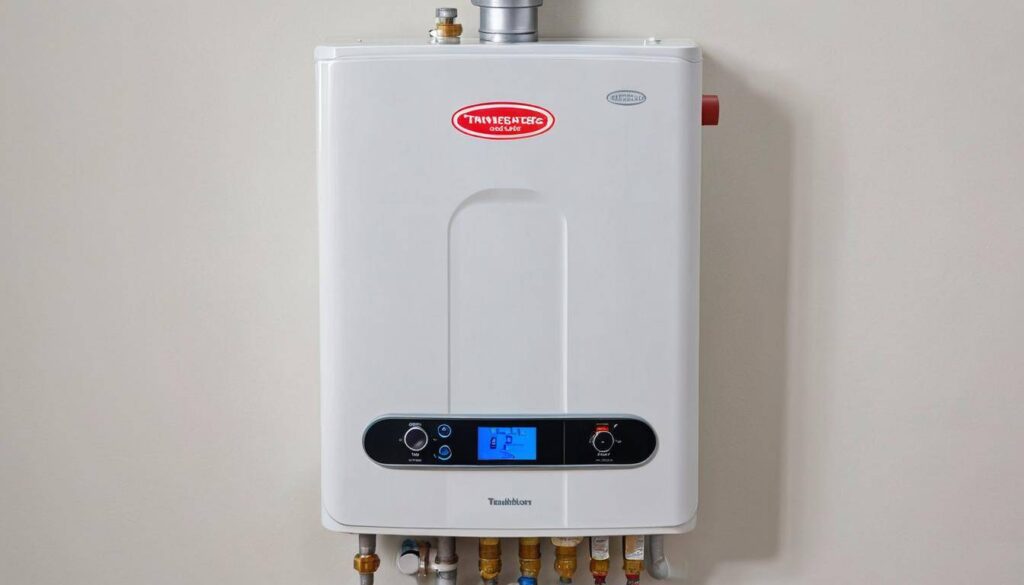How to Prevent Plumbing Emergencies: Expert Solutions and Maintenance Tips
Preventing plumbing catastrophes begins with routine inspection of your entire system. Key pointers like the state of your pipes, presence of water stains, or a sudden spike in your water bill might hint at impending dangers. But here’s something you may not know, even the pressure of your water can affect your plumbing system! High pressure could stress your pipes, lead to leaks; on the other hand, low pressure disturbs smooth operation of appliances. So, how about today we start off with checking your water settings?
The top three preventative measures to avoid plumbing emergencies include regular maintenance checks on your pipes, fixtures, and appliances; being mindful of what you flush down the drains; and insulating your pipes during cold weather to prevent freezing and bursting. Regular inspections and taking care of what goes down your drains can significantly reduce the risk of plumbing emergencies.
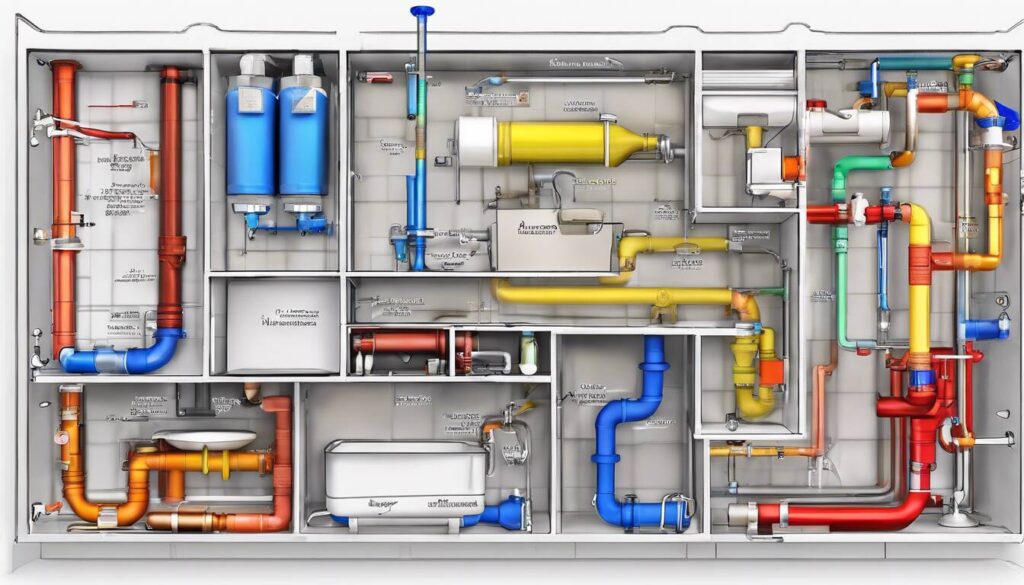
Inspect Your Entire Plumbing System
Regularly checking your plumbing system is like giving it a health check-up. You wouldn’t ignore symptoms if you felt unwell, and similarly, you shouldn’t turn a blind eye to possible signs of trouble in your plumbing. In doing so, you might save yourself from future headaches and hefty repair bills.
Begin by examining all visible pipes and joints for leaks, corrosion, or damage. Even small drips can lead to big problems, so don’t underestimate their significance. Leaking pipes can waste significant amounts of water, potentially causing water damage or mold growth.
Next, pay attention to unusual signs such as water stains, musty odors, or unusually high water bills. These could be indicators of hidden leaks that need prompt attention. Water stains or discoloration on walls or ceilings can signify a leak somewhere along the pipeline. Musty odors are often associated with mold and mildew growth, which commonly occur in the presence of hidden leaks. High water bills without an apparent cause may also signal an undetected leak.
Imagine conducting regular inspections as a detective solving a case—each clue is vital in uncovering the mystery behind potential plumbing issues. By being observant and proactive, you can prevent these small issues from escalating into larger and messier disasters.
Utilize our plumbing business for professional inspections to catch problems early.
Thoroughly maintaining your plumbing system may require a bit of effort but think of it as an investment that can safeguard your home and keep potential emergencies at bay.
Set Proper Water Pressure and Check for Leaks
Maintaining the correct water pressure is crucial to preserving the integrity of your plumbing system. But how do you ensure that your water pressure stays within the recommended range of 40-60 psi?
Water Gauge: The first step is to acquire a water pressure gauge. This simple tool allows you to measure the force at which the water flows through your pipes. To use it, connect the gauge to an outdoor faucet and turn on the water. The gauge will display the pressure reading, helping you determine if it falls within the optimal range. If it’s too high, consider installing a pressure regulator to reduce it.
Additionally, regularly checking for leaks in and around toilets, faucets, and under sinks is imperative. Leaks can not only lead to wastage of water but also cause significant damage to your property if left unattended.
For instance, a minor leak under a sink might seem insignificant at first glance. However, over time, it can result in water damage to the cabinet or even compromise the structural integrity of the floor beneath it. Regular inspections enable you to catch these leaks early and address them before they escalate into costly and disruptive disasters.
Leaking faucets are not just annoying; they’re often indicative of underlying issues with washers or seals that need attention. Over time, these seemingly inconsequential drips can add up to significant wastage of water and inflate your utility bills.
Moreover, keep an eye out for signs of moisture around toilet bases and underneath them. Persistent dampness may indicate a leaking seal or a crack in the toilet bowl or tank, which can lead to extensive water damage if not rectified promptly.
By vigilantly monitoring and regulating your water pressure and promptly addressing any leaks, you protect your plumbing system from unnecessary strain and safeguard your property from potential water damage.
Up next, we’ll delve into practical strategies for maintaining your pipes and keeping drains clean to ensure a smoothly flowing plumbing system.
Maintain Pipes and Regularly Clean Drains
Pipes and drains may go unnoticed, but they play a crucial role in keeping our homes clean and habitable. Yet, their regular maintenance is essential to minimize the risk of plumbing emergencies. Let’s explore some practical tips and tricks to keep your pipes flowing smoothly and prevent those dreaded clogs.
Firstly, one of the simplest and most effective steps in pipe maintenance is fitting drain screens. These inexpensive little devices catch debris like hair and food particles before they go down the drain, reducing the likelihood of clogs. It’s a small investment that can save you from major headaches down the line.
Grease and large food particles can be particularly problematic for drains, leading to blockages and unpleasant odors. Therefore, it’s essential to avoid putting these down the drains. Instead, consider using a grease trapper to collect grease separately and dispose of it in the trash. This simple step can greatly reduce the risk of clogs and buildup in your pipes.
In addition to preventing clogs, it’s important to periodically clean your drains as part of regular maintenance. A mixture of vinegar and baking soda followed by hot water is a tried-and-true method for keeping drains free-flowing. This natural solution not only helps dislodge any buildup but also eliminates odors, leaving your drains fresh and clear.
For example, you can pour half a cup of baking soda down the drain, followed by half a cup of vinegar. Let this mixture sit for a while, then flush it down with hot water. Doing this monthly can significantly reduce the risk of clogs and keep your drains running smoothly.
Some might argue that hiring a professional for drain maintenance is an unnecessary expense when you can tackle it yourself. However, investing time in regular cleaning routines prevents more costly interventions in the future, saving both money and hassle in the long run.
By maintaining your pipes and regularly cleaning your drains using these simple yet effective methods, you can prevent potential plumbing emergencies and ensure that your plumbing system remains in tip-top shape for years to come.
As we take proactive steps towards maintaining our plumbing systems, the next section will shed light on how to prevent rust and safeguard with leak detection.
Prevent Rust and Safeguard with Leak Detection
Rust in your plumbing system can lead to a myriad of issues, from water discoloration to potential leaks. If you live in an area with hard water, containing high mineral content, consider installing a water softener. This helps reduce the mineral deposits that can build up in your plumbing over time, potentially causing rust and corrosion.
When cleaning your plumbing fixtures, always opt for non-corrosive cleaners to avoid causing any damage. Harsh chemical cleaners can speed up the corrosion process, so it’s best to stick to gentler alternatives. For instance, a mixture of baking soda and vinegar can work wonders on tough stains without harming your pipes.
In addition to preventive measures, investing in leak detection devices can provide an extra layer of protection. These devices are designed to alert you when there’s a potential leak in your plumbing system, allowing you to take swift action before any significant damage occurs.
Imagine being away on vacation and returning home to find a burst pipe has caused extensive water damage. A leak detection device could have notified you of the issue immediately, saving you from the aftermath of a major plumbing emergency.
These devices come in various forms, from smart sensors that can be placed near vulnerable areas such as water heaters or washing machines, to whole-house systems that continuously monitor your entire plumbing network. By promptly identifying leaks, these devices minimize the risk of water damage, ultimately saving you time, money, and unnecessary hassle.
Taking preventative measures such as installing a water softener, using non-corrosive cleaners, and investing in leak detection technology ensures that your plumbing system remains in top condition, free from rust-related issues and potential leaks.
With these expert solutions and maintenance tips at your disposal, it’s essential to also understand how to keep your home appliances in optimal working condition. This proactive approach serves as a fundamental part of maintaining a functional household.
Keep Home Appliances in Optimum Condition
Home appliances are often unsung heroes—quietly working away in the background to make our lives easier until they suddenly stop working properly. Regular maintenance of appliances like water heaters, washing machines, and dishwashers is crucial in preventing leaks and malfunctions that can potentially lead to significant plumbing challenges. Following the manufacturer’s guidelines for maintenance and considering professional servicing when needed are key steps toward ensuring these vital home gadgets remain in optimal shape.
Water Heaters
Water heaters work tirelessly to provide warm showers and clean dishes. Over time, mineral deposits and sediments can accumulate inside the tank, reducing its efficiency and causing leaks. Regular flushing of the heater and checking the anode rod are essential to maintain its functionality.
Washing Machines
Constant use can cause wear and tear on washing machines. Checking hoses, inspecting for leaks or bulges, and cleaning the lint traps are simple yet highly effective steps to maintain their functionality.
Dishwashers
Dishwashers require attention as well. From clearing food debris off seals and gaskets to ensuring the drain is free from any clogs, these routine checks can help prevent blockages and potential leaks – saving you from potential water damage.
Neglecting these routine check-ups can lead to unnecessary expenses down the line if a malfunctioning appliance causes water damage or requires major repairs.
By heeding these straightforward yet impactful maintenance practices for your home appliances, you’re taking proactive steps towards preventing plumbing mishaps and ensuring a smoothly running household.
Develop a Plumbing Emergency Plan
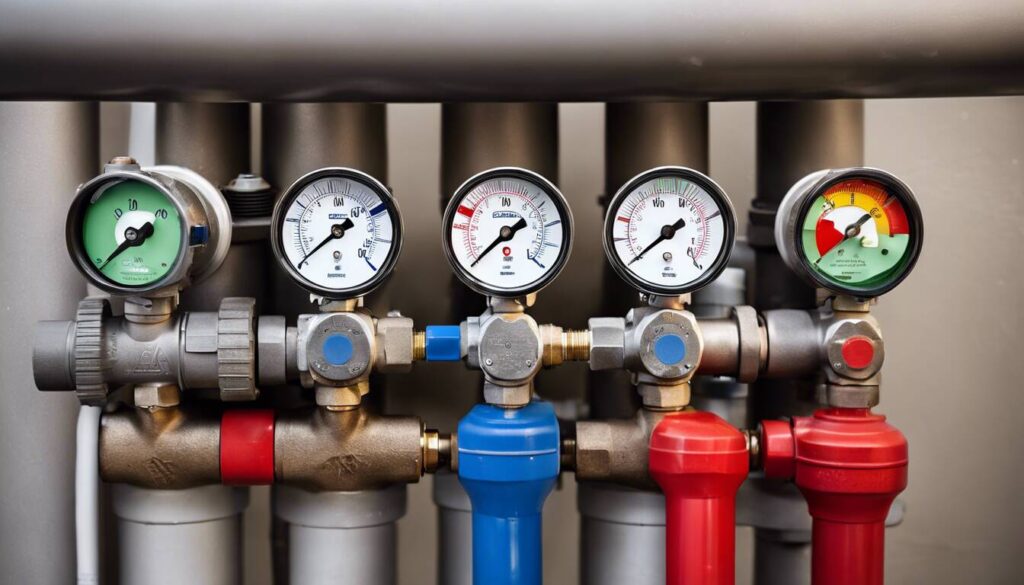
Plumbing emergencies can happen when we least expect them, and knowing what to do in these situations can make a big difference. Creating a plumbing emergency plan for your home is a practical and proactive step that requires forethought and careful consideration.
When formulating your plan, consider including the following key elements:
- Locate the Main Shut-Off Valve: The main shut-off valve controls the flow of water into your home. In the event of a plumbing emergency such as a burst pipe, locating and knowing how to operate this valve can minimize water damage. It’s essential for all household members to be familiar with its location and operation.
- Contact Information for an Emergency Plumber: Identify and keep contact information for a reliable emergency plumber readily available. Having this information at hand can save crucial time during an urgent situation, preventing further damage and helping to restore normalcy sooner.
- Education on Handling Common Plumbing Issues: Educate household members on how to handle common plumbing issues such as clogged drains, leaky faucets, or running toilets. Basic knowledge and preparedness can prevent minor problems from escalating into full-blown emergencies.
Having a well-thought-out plumbing emergency plan ensures that everyone in your household is equipped to respond promptly and effectively in crisis situations. It empowers individuals with critical information and resources to mitigate potential damages and swiftly address plumbing mishaps before they spiral out of control.
For instance, imagine a scenario where a pipe unexpectedly bursts in your absence. If all household members are aware of the location of the main shut-off valve and know how to quickly turn it off, significant water damage can be prevented until professional help arrives.
Moreover, by providing basic education on handling common plumbing issues, you empower everyone in your household to take preventive or corrective action when needed. This not only minimizes inconveniences but also contributes to maintaining the integrity of your plumbing system over time.
In summary, creating a comprehensive plumbing emergency plan serves as an invaluable contingency measure, offering peace of mind and bolstering preparedness to effectively manage unforeseen plumbing disruptions at home.
Prepare for the unexpected and protect your home from potential plumbing disasters. Develop a solid plumbing emergency plan today to safeguard your property and loved ones. To get expert advice on planning for plumbing emergencies, contact our experts by calling 587 707 0606.

